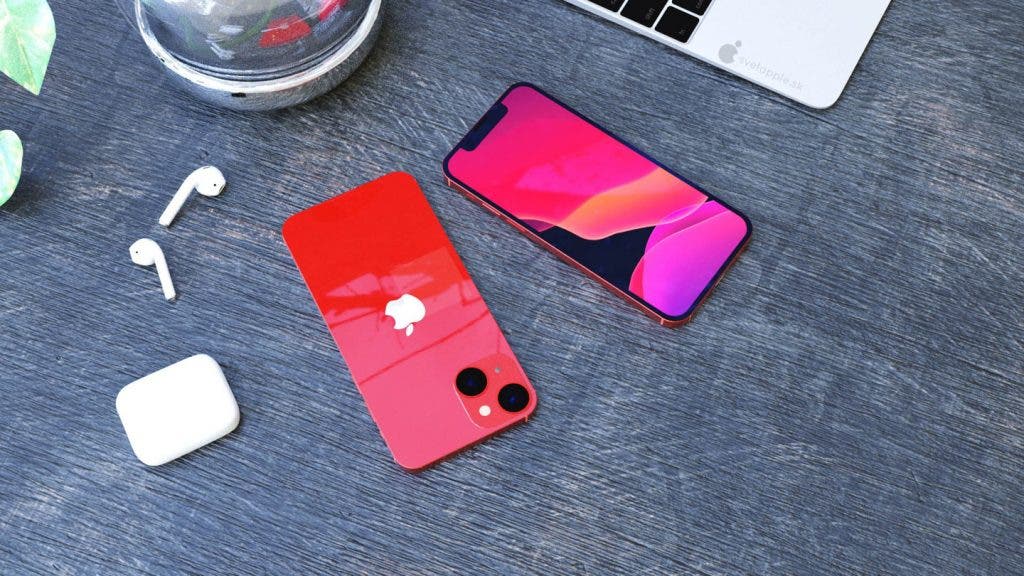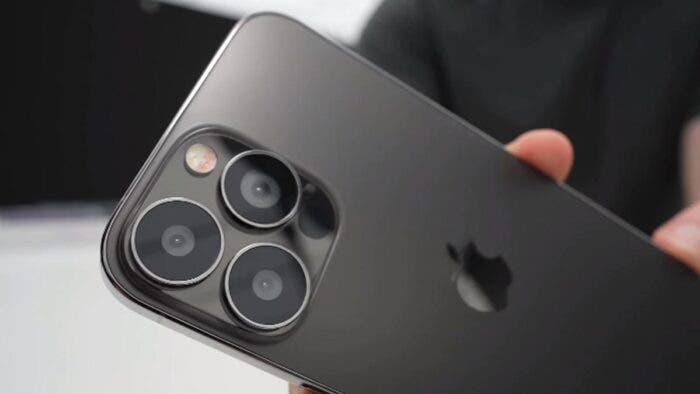Apple will release its next-generation iPhone, iPhone 13 series in September this year. This series will have four models including the iPhone 13 mini, iPhone 13, iPhone 13 Pro, and iPhone 13 Pro Max. As the launch date for these smartphones draws closer, more reports about them are hitting the web. The latest report about the iPhone 13 series is that the proportion and number of iPhone 13 series models that support millimeter-wave frequency bands will increase significantly this year.

According to the reports, the proportion and quantity of millimeter-wave iPhones will reach about 60%. The report also claims that millimeter wave is the key to realizing the full potential of 5G. Compared with the Sub 6GHz frequency band, it has a higher bandwidth (network transmission speed) and lower latency. Recall that most of the iPhone 12 series outside the U.S. supports only the sub 6GHz frequency band.
iPhone 13 speculations
From the reports so far, the iPhone 13 series will retain the notch design. However, the notch size will be smaller relative to the previous generation. This will further increase the display size and display effect. Furthermore, the iPhone 13 Pro series will use Samsung’s 120Hz LTPO OLED panel. This technology can support higher refresh rates and greatly reduce screen power consumption. This new iPhone series will support a smart refresh rate between 1Hz and 120Hz. For the first time, an iPhone will have a screen refresh rate above 60Hz. This ProMotion screen is more energy-efficient. The 120Hz ProMotion OLED screen has been used on the iPad Pro for some time. These smartphones will also support Face ID and Touch ID dual unlocking schemes.
In addition, Apple will make some necessary improvements in the camera section. It may have a triple camera on the rear, as last year, and will also integrate a LiDAR scanner for accurate 3D depth measurement. Analyst Ming-Chi Kuo predicts that the iPhone 13 Pro (Max) will be equipped with a better ultra-wide-angle camera (f/1.8) and a larger image sensor to achieve better low-light performance. The ultra-wide-angle lens will also be equipped with a sensor-shift optical image stabilization system with an autofocus function. This can achieve clearer shooting but will make the camera module thicker than before. Also, the fixed focus (FF) will upgrade to 6P (f/1.8), autofocus (AF).
In addition, the series will use a new A15 bionic processor that supports Wi-Fi 6E technology. As there are no significant changes, the display may be the major highlight of the iPhone 13 series.
Follow Gizchina.com on Google News for news and updates in the technology sector.




